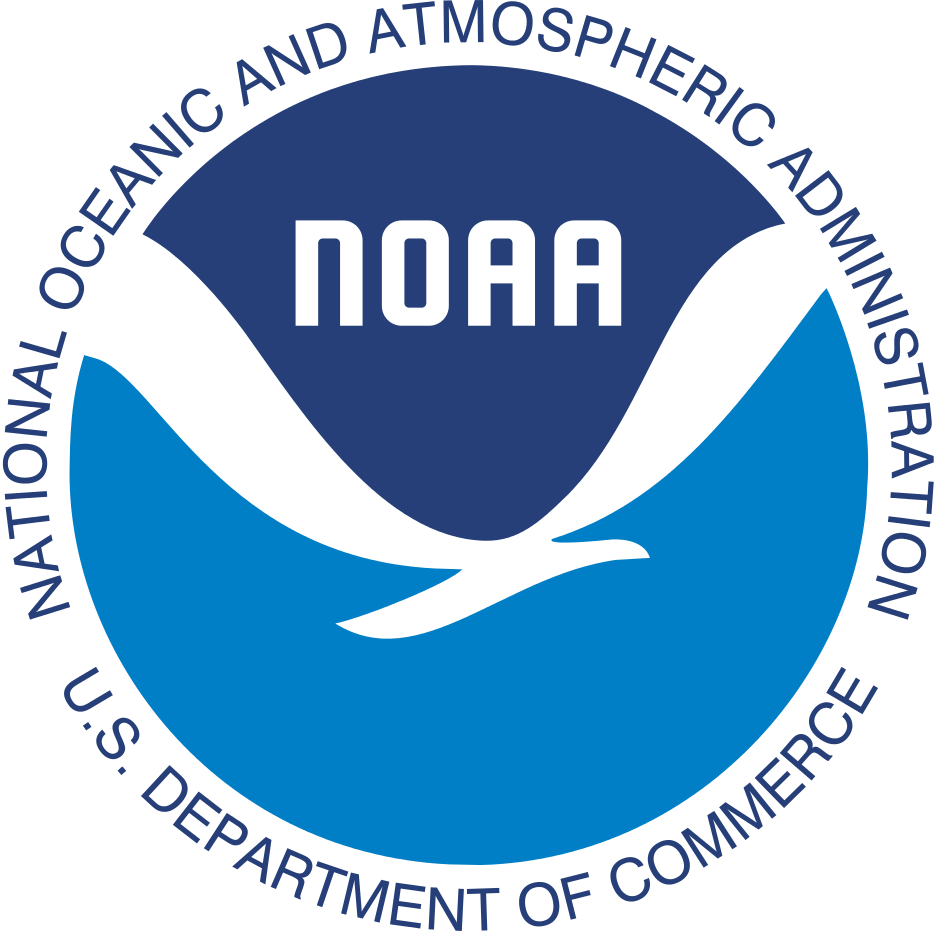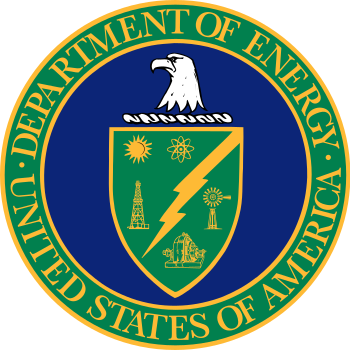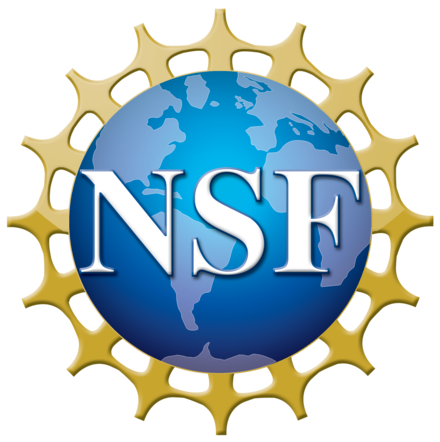Observing our climate system from a unique perspective
Remote sensing is a critical component of Earth observations. Our group is known for developing novel methods to retrieve optical and microphysical properties of aerosol, cloud, and precipitation, using passive and active sensors from surface- and satellite-based platforms. Some of the properties we have retrieve were thought to be impossible in the past!d
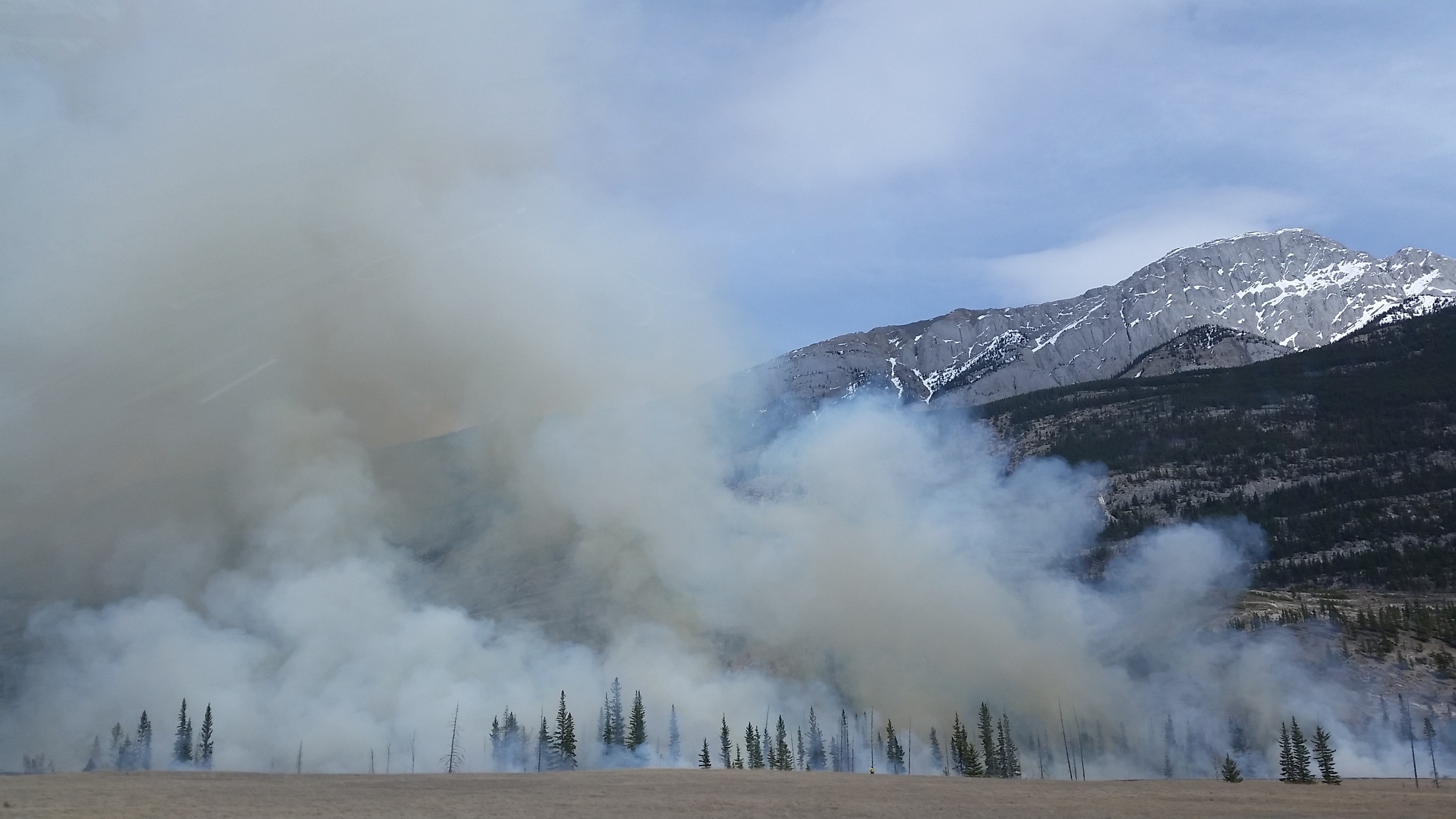
Fresh and Aged Smoke
Biomass burning emissions are important to air quality, climate, and human health. Smoke plumes evolve physically and chemically as they are transported downwind, which changes their impacts on climate. We use geostationary satellite observations to track and improve our understanding of the spatial variability of smoke plumes near-field and far-field.

Cloud microphysics
Ice crystals play an important role in radiation and precipitation formation. However, the prediction of ice number concentration has proven to be problematic, because the predicted primary ice number concentration is often smaller than the observed by several orders of magnitude. We use dual-polarization radar measurements to quantify the pice number concentration and investigate the hypothesized mechanisms like rime splintering, shattering of large frozen drops, and ice-ice collision breakup.
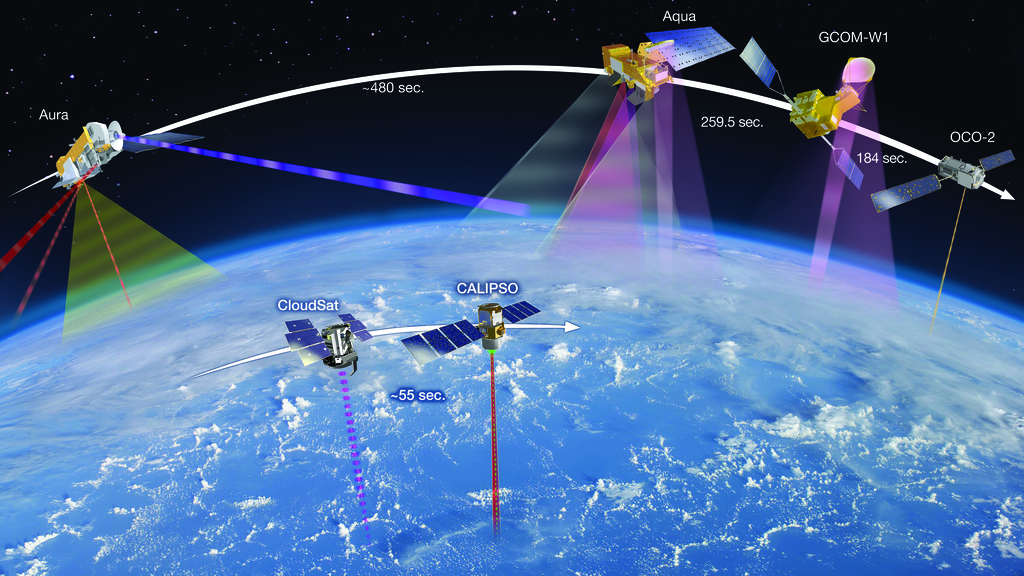
Cloud and Precipitation
Clouds are a key element that determines the Earth’s radiative and hydrological budgets. In the past, cloud properties have been retrieved largely from passive sensors only. The existing methods ignore the 3D nature of clouds and radiation, which leads to significant biases and errors. Using radar, lidar, and shortwave radiation measurements, we confront the 3D issue directly and retrieve 3D cloud fields for the first time!

Near-cloud Aerosols
Retrieving aerosol properties in the vicinity of clouds is problematic due to 3D cloud radiative effects. Existing satellite aerosol products ignore near-cloud aerosols, which can greatly underestimate aerosol radiative forcing estimates. By blending high-resolution simulations, radiative transfer, and machine learning, we are one of the very few groups in the world that can characterize near-cloud aerosols from satellite shortwave reflectance observations.
Aerosol-Cloud-Radiation Processes and Interactions
Marine boundary layer clouds are a key contributor to the Earth’s albedo and are at the heart of climate feedback uncertainty. Their interaction with anthropogenic aerosols continue to be the primary source of uncertainty in climate forcing estimates and has a direct impact on climate sensitivity quantification.
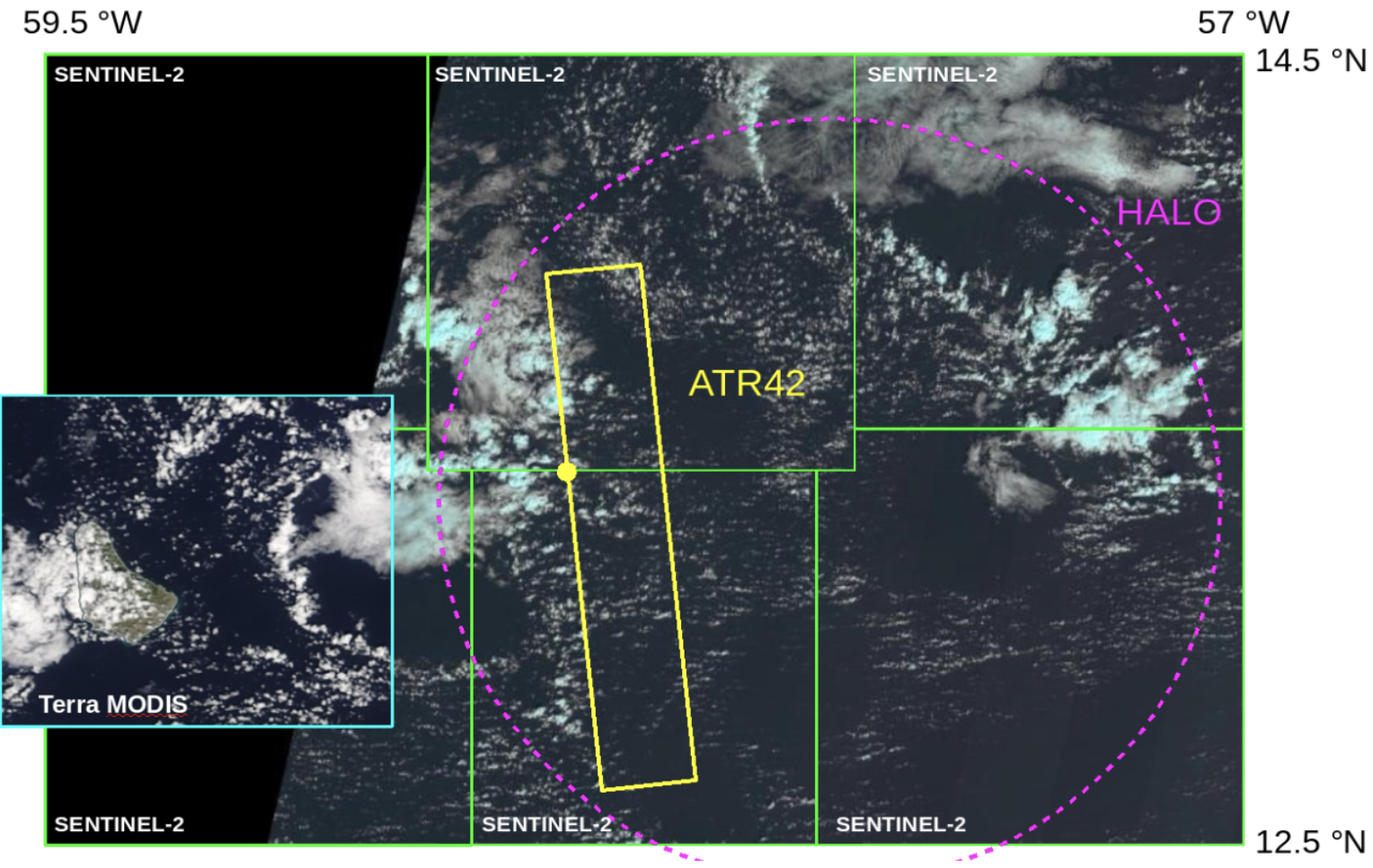
Aerosol Hygroscopic Growth
Using a combination of aircraft in-situ and remote sensing data, ship-based data acquired as part of the ATOMIC/EUREC4A campaigns, high-resolution simulations, 3D radiative transfer, and machine learning methods, we characterize aerosol and cloud properties under various mesoscale organizations and investigate the relationship between cloud, aerosol, and humidity fields. The highly non-linear response of aerosol hygroscopic growth near clouds highlights the importance of assessing the role of near-cloud aerosols for climate. [Image courtesy of Dr. Jan Kazil and Dr. Graham Feingold at NOAA.]
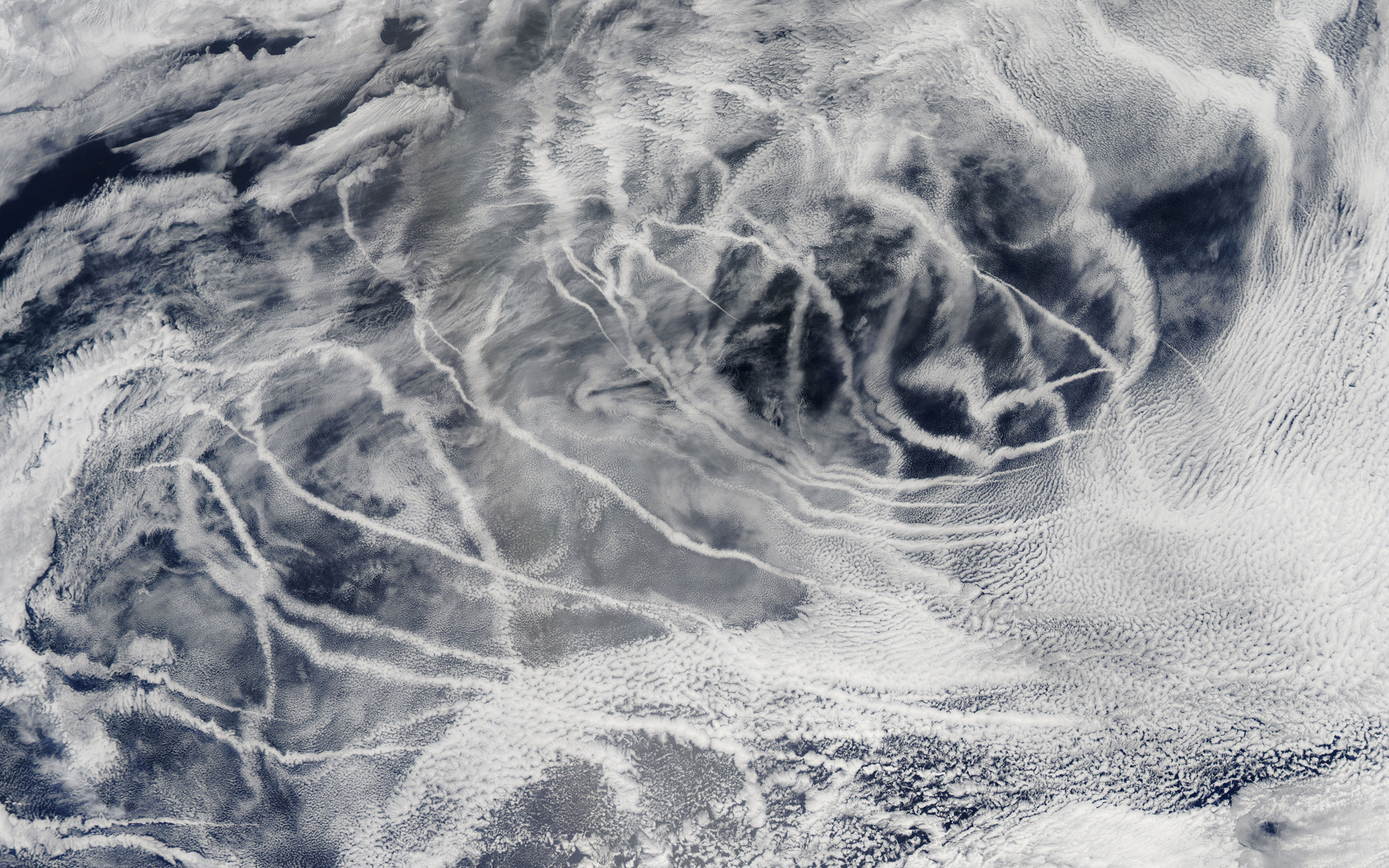
Ship Tracks
If you have ever looked into how clouds respond to ship emissions, you will understand why we fall in love with ship tracks. Ship tracks are one of the best so-called opportunistic experiments to study aerosol-cloud interactions because they provide a clear separation of polluted and background environments for cloud evolutions. In cooperation with NASA scientists, we will analyze cloud properties along ship tracks using ground-based remote sensing observations and assess how aerosol-cloud interactions depend on cloud morphology. [Image courtesy of NASA Goddard Photo and Video photostream.]
Machine Learning Applications
Like many others, we dive into machine learning techniques for studying the complexity of our Earth system. While we share the excitement of this line of research, we emphasize that all the machines should be developed and trained based on our domain expertise – one shall not just crank the handle without critical thinking!

3D Radiative Transfer
Accurate incorporation of 3D radiative transfer is important for getting cloud organizations right in high-resolution models and for getting cloud radiative effects right in models across the scales. We are developing 3D radiative transfer emulators using machine learning techniques, which dramatically expedites the computational speed of radiation transfer calculations for modeling and remote sensing purposes.

Precipitation Formation
The complex and stochastic nature of precipitation formation always fascinates us. While our research activities include both warm and mixed-phase clouds, we are particularly intrigued by the long-standing model deficiency in drizzle predictions. Using machine learning techniques along with aircraft in-situ cloud probe data, we discover a surprising finding and further develop new parameterizations for improving representation of the growth processes of warm rain. This research has been selected as a Science Highlight by the US Department of Energy Office of Science. Only about 200 publications are highlighted each year.
Causal Discovery
Unlike the conventional correlation analyses and model process denial experiments, the innovative and rigorous casual framework developed by Prof. van Leeuwen at CSU enable us to disentangle microphysical and dynamical processes in studies such as aerosol-cloud interactions. We work together to study the root causes of outstanding model deficiencies in representations of cloud regime transitions.

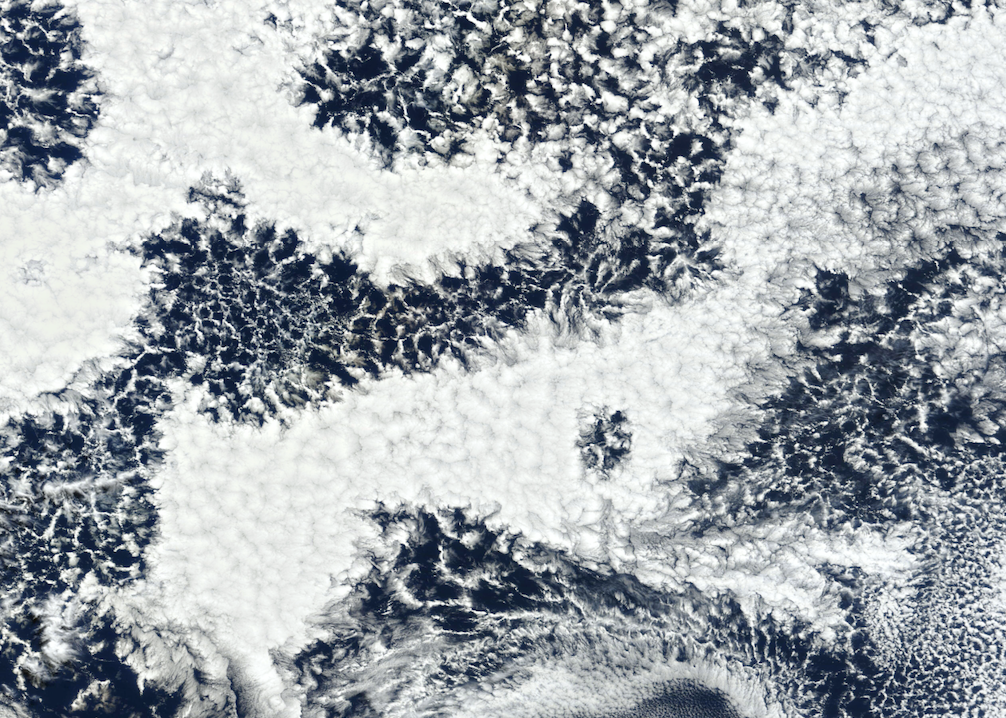
Organizations of marine low clouds
[Image courtesy of NASA Earth Observatory.]
Selected Current & Past Research Projects
